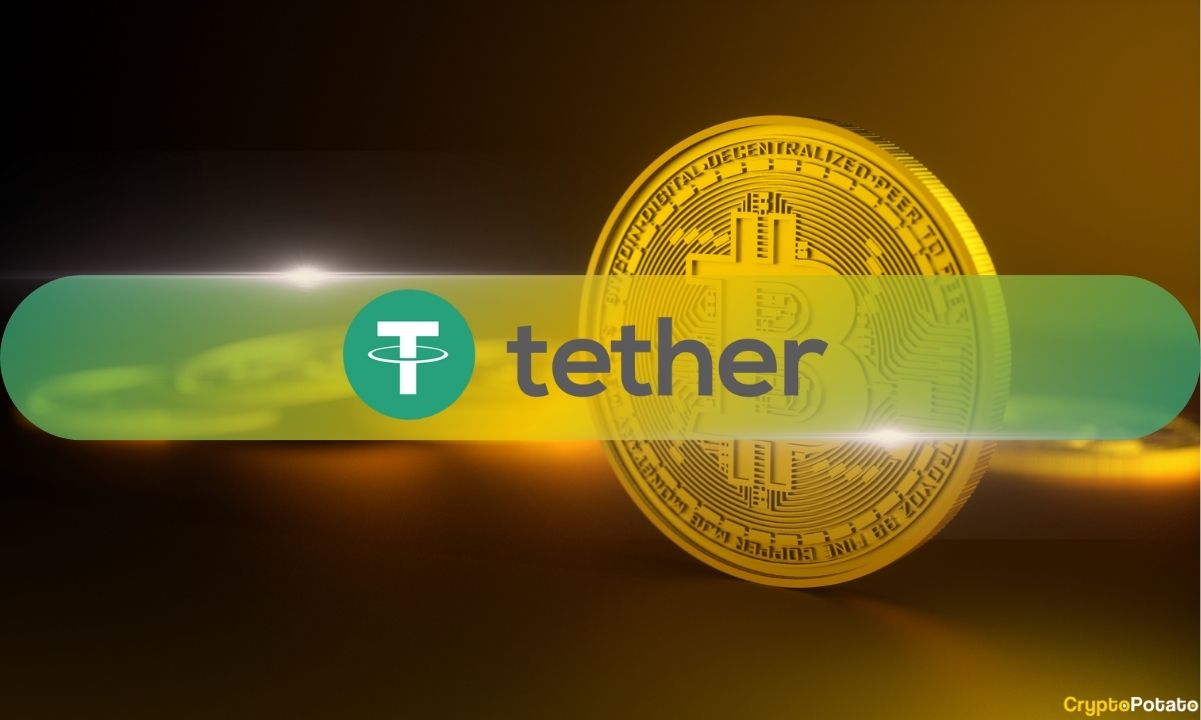Tether’s Power Grab: How the Stablecoin Giant Plans to Dominate Bitcoin Mining by 2025

Tether isn’t just printing USDT—it’s now mining Bitcoin at scale. The stablecoin behemoth is making a jaw-dropping pivot into becoming the world’s top BTC miner by year’s end. Here’s how they’re pulling it off.
From Stablecoins to Hashpower
Forget dollar-pegged tokens—Tether’s new obsession is hashrate. With undisclosed but 'aggressive' investments in mining infrastructure, the company aims to outmuscle industry incumbents. No half-measures here.
The Mining Arms Race Heats Up
As Bitcoin’s halving dust settles, Tether’s move signals a broader land grab for post-halving profitability. Because nothing says 'trust us with your money' like doubling down on the most volatile commodity in finance.
Why This Changes Everything
If successful, Tether could reshape mining economics overnight—controlling both liquidity taps and hashpower. A vertical integration play that’d make Rockefeller blush. Or trigger regulatory panic. Maybe both.
The Bottom Line
While Wall Street hedgies debate ETFs, crypto’s quiet giants are building the real infrastructure. Just don’t ask where the electricity’s coming from.
Bitcoin Mining Supremacy
In a recent interview with Bankless, Ardoino explained that the stablecoin issuer already holds significant Bitcoin reserves and therefore has an incentive to contribute to the network’s decentralization through mining operations across South America, the United States, and other regions.
Ardoino highlighted the importance of maintaining a mining presence in the US during what he described as a “monumental time” for the industry.
On profitability, the exec noted that while block rewards will eventually drop to zero, on-chain fees are expected to rise significantly, which will turn the bitcoin main chain into a settlement layer for Lightning channels and major contracts. He suggested that these contracts would underpin an “enormous amount” of transactions.
In line with Tether’s broader efforts to promote decentralization, it announced plans to open-source its Bitcoin Mining OS (MOS) last month to help new miners enter the market without costly vendor reliance. Ardoino had then described MOS as scalable, modular, and built on peer-to-peer IoT architecture, which is designed to support existing mining infrastructure like containers and power devices.
The rollout is expected by the fourth quarter of 2025. The exec said this move WOULD help more companies to compete in securing the Bitcoin network.
Earlier, the company partnered with Ocean mining pool to decentralize block building by committing its current and future hash rate to the protocol.
Tether’s Gold Reserves
Alongside its aggressive mining ambitions, Tether has been quietly expanding its reserve strategy beyond Bitcoin.
In fact, Ardoino recently revealed that the firm holds approximately $8 billion in gold, which is around 80 tonnes, in a Swiss vault he described as “the most secure vault in the world.” The exec added that Tether owns nearly the entire stockpile, which makes it one of the largest private Gold holders globally. Gold now comprises almost 5% of Tether’s $112 billion reserves, on par with UBS’s precious‑metals holdings.

